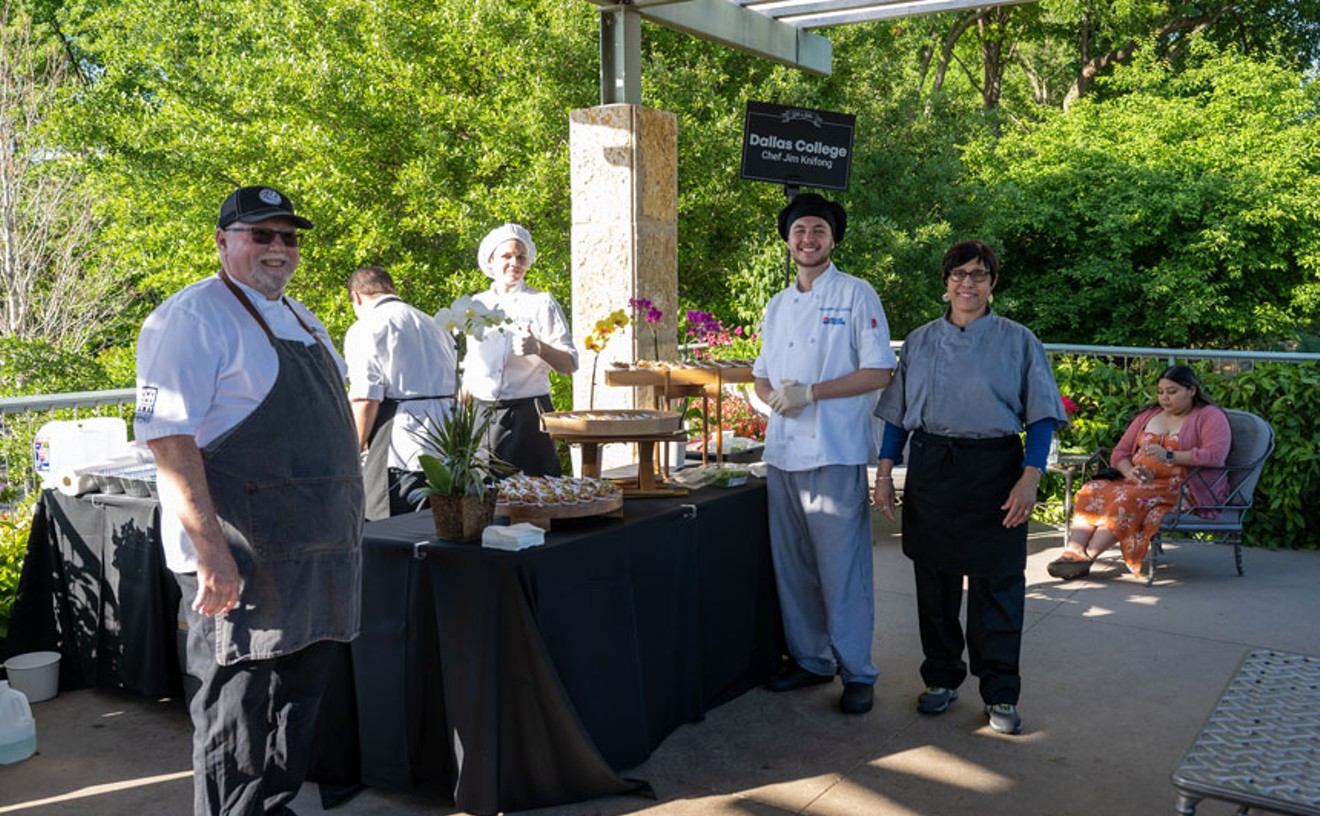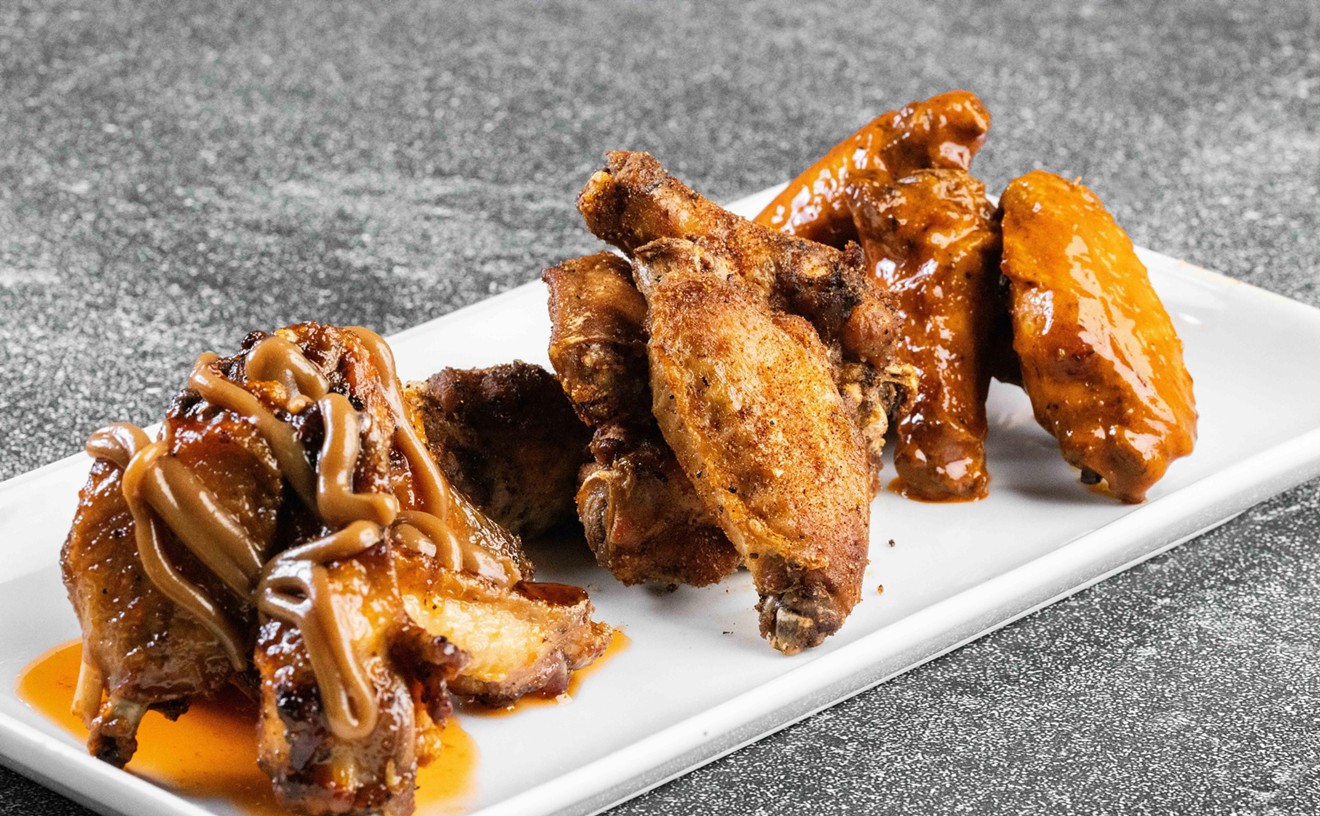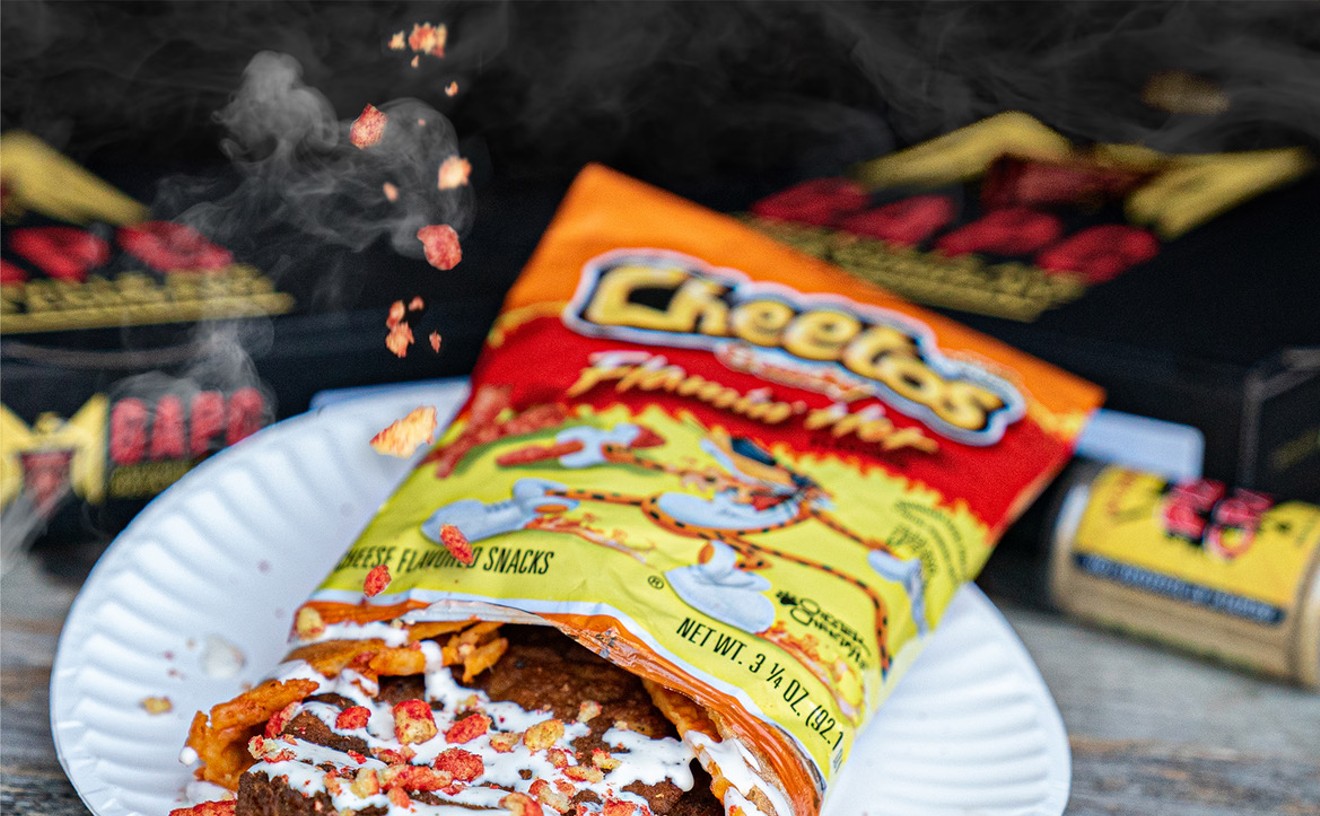I have long been convinced the bar is the best place to dine in a restaurant. You don't need reservations, bartenders are more attentive than waitstaff, and you get to talk to people you might not interact with while sitting at a table with friends. Not all bars are created equal, though. A bar has to be a comfortable place to dine if it's to reign over the traditional table. And it turns out that traditional tables and chairs hold the key to building a bar that works as well for a fork and plate as it does for a pint of beer.
When you buy a table and chairs for your dining room at home, the pieces are designed and built for each other. A dining chair usually has a seat pan that's 18 inches from the floor and table tops are usually 30 inches from the floor. That 12 inch difference between your ass and your elbows is a magical ratio that's governed nearly every meal you've had. No matter how tall or short you are, bars that mimic that ratio feel familiar, while bars that stray make for uncomfortable dining.
When I reviewed Tillman's Roadhouse last year, I noted the terrible ergonomics of their bar. The bar top is too tall and too shallow. You can't get your legs under the overhang and leaning over your plate is impossible. In comparison, Oak's bar is a pleasure for dining. Bolsa has a good one, too. I talked to Royce Ring from Plan B, the design firm responsible for both of these bars to see what it takes to build a comfortable bar. Here's what I learned:
Look to the dining table: Not just the measurement from stool top to the bar top, but the depth as well. A table for two is at least 24 inches wide, giving each diner 12 inches each for their legs before they rub knees. A bar needs to be at least this deep as well, or customers won't be able to "belly up" to the bar.
Monitor the build out: If your general contractor builds the substrate of the bar up to 42 inches and then you add a two-inch thick slab of granite to the top, the surface will be too high and customers will feel like little kids when they have a seat. Know what material you're using for the top before you build out the base.
Consider material: Nothing beats wood. It's warm to the touch and feels soft. If you go with cement, metal or stone, be mindful of the cold hard surface and offer your patrons a place mat.
Don't forget a foot rail: Ring told me the rail can range from 6 to 10 inches in height, but the most important dimension is its distance from the base of the bar. If it's not six inches away from the back of the bar, customers won't be able to rest the arches of their feet on the rail.
Purse hooks are paramount: A bar without purse hooks is a deal breaker. They aren't just for purses -- coats and umbrellas hang nicely there too.










